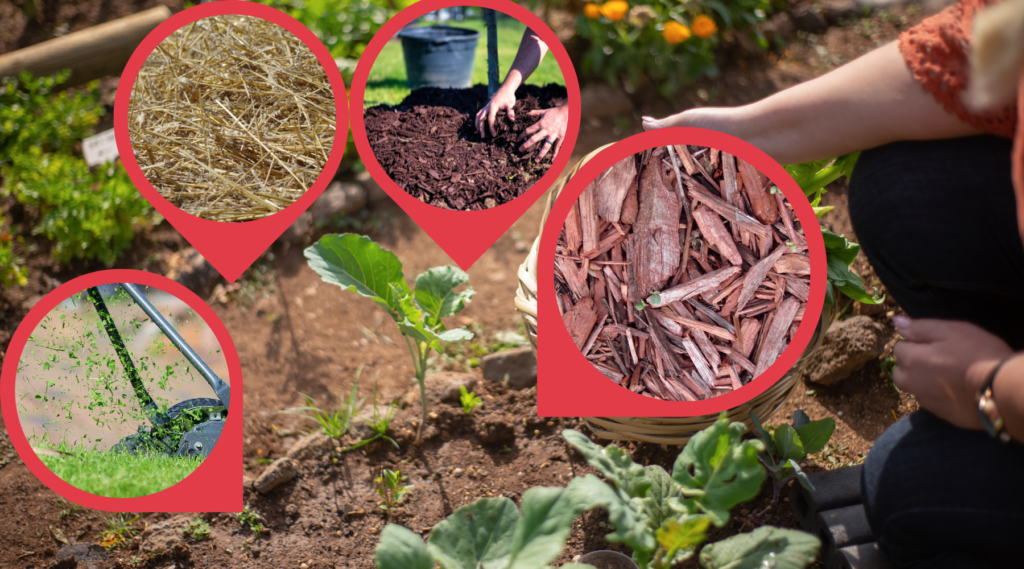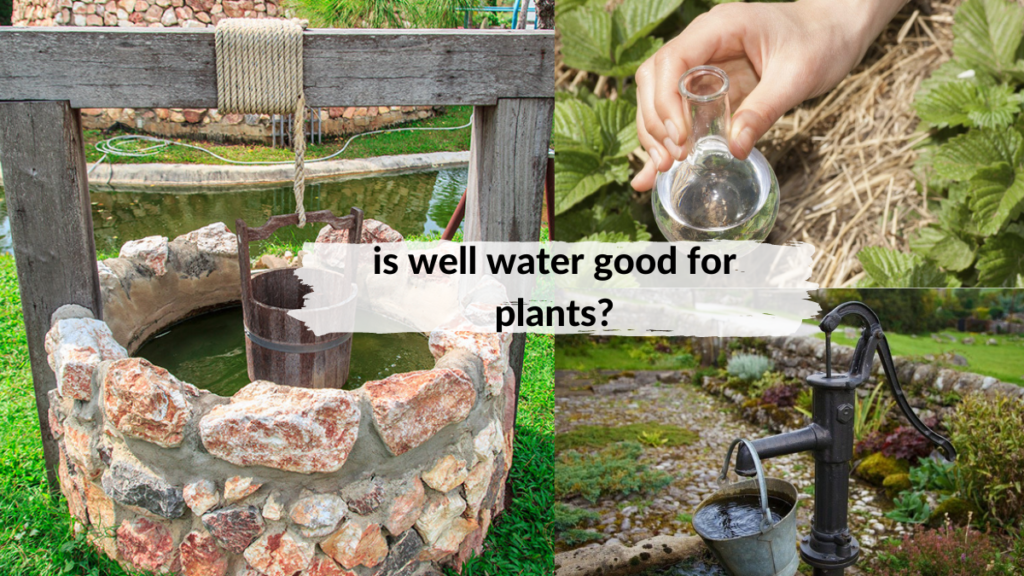As you are preparing your raised bed, you must also start to think about what to plant in a raised garden bed. You’ll have to consider what you want to plant since it will also be a factor to consider when you are still building your garden and filling it with soil.
A basic rule of thumb when it comes to raised bed gardening, you should fill your beds with vegetables that you like to eat. On the other hand, if you’re making flowerbeds, plant those that you love to see blooming in your yard and those in different colours and sizes.
what to plant in a raised garden bed
A great way to maintain a clean and organized vegetable garden is by maximizing the number of crops you can plant for every bed. Using the square foot gardening method is among the effective ways to grow more vegetables or flowers. All you have to do is strategically place certain plants on the bed while growing healthy crops.
If everyone in the family is salad eaters, you can plant various salad greens like lettuce cutting mix or head lettuce. Always have salad ingredients ready by planting other necessary plants like carrots, cherry tomatoes, and cucumbers.
If you are into making home cook meals for your family, you should plant peppers, onions, potatoes, leeks, and some herbs. To make your garden more interesting, you can always plant at least one new vegetable that you’ve never eaten or rarely eat.
Your goal in growing vegetables or flowers in your raised beds is maximizing productivity. You want to grow as many crops as possible while trying to resist the temptation of squeezing in a lot of plants.
Avoid overcrowding the plants for them to reach their full growth potential. Keep an equal distance between the plants to avoid competition for nutrients, water, root space, and poor air circulation.

what plants to put in a raised garden bed and things to consider before planting
Before you finalize the plants for your raised bed vegetable garden, there are other things to consider thinking about your plants. You should also think about the growth habit of each plant you intended to grow.
Check each plant and sort them if they are climbing, bushy, or trailing. Not considering these growth habits will only affect the neighbouring plants. Say, for example, if you’re planting beets next to lettuce, then it’s fine. However, planting sprawling squash beside lettuce may cause a problem.
Along with preparing your raised bed, you should also prepare the cages, stakes, and ladders to keep unruly plants from affecting other plants. These will also help in keeping your garden more manageable and look neater.
Though most vegetables can go from seeds, some vegetables are best started when a seedling or by transplanting them on the bed. Starting with seedlings makes the time for harvesting shorter to about a month or more.
For regions with cool weather, planting a pepper or tomato plant will not have enough time to reach maturity before frost. When you’re planning to plant certain vegetables that require a long time to mature, it will make more sense to start with seedlings than from the seeds.
what to plant in a raised bed vegetable garden from seeds and seedlings
There are various plants that you can plant from seeds and there are also those that can be grown by transplanting. The most common plants that are sown directly to garden beds are:

- Beets
- Carrots
- Squash
- Corn
- Beans
- Peas
- Salad Greens
In most cases, these plants are directly sown because they are not known to transplant well. With salad greens, they germinate well and can grow quickly. This is what makes buying seed packets more economical than buying several packs of seedlings.
If you’re planning to plant potatoes, you can also start with seeds. However, more people grow potatoes from a tuber. With onions, they are usually grown from seeds. However, they can also be planted as seedlings or “sets” which are tiny mature onions.
Other plants that can also be planted as “sets” are shallots and garlic. Leeks, on the other hand, are planted as young plants. When it comes to herbs, some can be planted as seedlings, while others such as dill and cilantro should start as seeds right where you want them to grow.
what to plant in a small raised bed garden that grows easily
It should be a part of a gardeners plan on what to plant especially when you only have a small space to grow your plants. However, you can maximize the productivity of your small garden by building a raised bed and utilizing square-foot gardening.
Some of the easiest vegetables you can grow are the following:
- Cherry Tomatoes
Tomatoes are the easiest and most common garden vegetable grown in North America. You can plant the large varieties, but it will take longer to harvest them. Cherry tomatoes are easy and quick to grow. You can produce fruits in two months after transplanting.
You can start planting them in small pots first and then transplant them on the garden bed once the spring frost passed. Make sure you put tomato cages around each plant to keep it supported as they grow.
- Bush Beans
This plant is almost fool-proof. You can harvest them within 2 months after planting the seeds. You don’t have to rush spring planting since beans love warm rich soil and warm weather.
After the last frost is the right time to plant the seeds and sow them about 2 inches from each other in rows and about 18 inches apart. As soon as you see seedlings growing, thin the beans to about 6 inches.

- Peas
There are various types that you can choose from: shell peas, snow peas, and sugar snap. All of these types are easy to grow. Sow the seeds early spring once you can loosen the soil and amend it. This is about 4 to 6 weeks before the expected last frost.
Sow the pea seeds at least 2 inches apart in double rows with a spacing of 6 inches from each other. It is highly recommended that you have it staked by adding a trellis or hanging a netting when growing them.
- Cucumbers
A week after the last spring frost is the perfect time to directly sow the seeds of these warm-season vegetables. You can also get seedlings and transplant them on the bed. Put a lot of compost and water them consistently to get the highest quality products.
- Leaf Lettuce
Though most salad greens are fast to grow from seeds, this one is both easy and fast. You just have to sow the seeds directly on the raised beds during mid-spring by sprinkling them in about 6 inches wide band.
- Garlic
Garlic is known as the “plant-it-forget- it” vegetable. You just have to tuck a few individual cloves in your raised be during mid-autumn and it’s good to go. Harvest time will be early to mid-summer the following year. As much as possible, plant those you bought from the farmer’s market or local garden center. Supermarket-bought garlic may be sprayed so, might as well go for organically grown ones.
- Summer Squash
It’s a fact, regardless of how many of these plants you grow, there will always be more than what you can eat. This is true, even if you’ve only planted one.
After the last spring frost and amending the soil with manure and compost, directly sow the seeds on the bed. Once the fruits form, harvest them immediately to enjoy its peak flavour and quality.
If you’re planting round varieties, harvest the fruits when they are about 3 inches in diameter. For zucchinis, pick them once they are about 4 to 6 inches long.
Always be mindful of the proper spacing when planting seeds or seedlings to grow healthy and high-quality crops.
what flowers to plant in a raised garden bed
If you are planning to plant flowers instead of vegetables, it is recommended that you start on annual flowers because they grow easily and can produce a lot of blooms. With these plants, you don’t have to think about growing them again on the same spot especially if you’re not changing the garden design.
If you are into attracting beneficial insects like bees, you should plant native perennial plants. Avoid removing them from your yard completely. Using pollinator-friendly plants are also great for your garden beds.
When planting flowers by season, learn which species will grow well during summer, spring, and fall seasons in your area. You should also learn how to take care of them during cold weather when they are still far from their growing season.
what vegetables to plant in a raised garden bed for every season
Succession planting is the method where different crops are planted in the same space but with intervals. This method can guarantee a lot of produce. Below are vegetables you can plant in every season and how many plants should be placed in a square-foot area:
spring
| Cabbage | 1 – 2 |
| Carrots | 16 |
| Leeks | 9 |
| Onions | 16 |
| Radishes | 16 |
| Swiss Chard | 4 |
| Broccoli | 1 – 2 |
| Cauliflower | 1 – 2 |
| Lettuce | 4 |
| Peas | 8 |
| Spinach | 9 |
summer
| Tomatoes | 1 |
| Eggplant | 1 |
| Beets | 9 |
| Bush Beans | 9 |
| Peppers | 1 – 2 |

fall
You can plant the same vegetables from Spring. You can also add 1 to 2 Kale plants.
Before planting new seeds or seedlings after each harvest, make sure that you amend the soil so the new plants can get the nutrients it needs just like the newly harvested crops.




